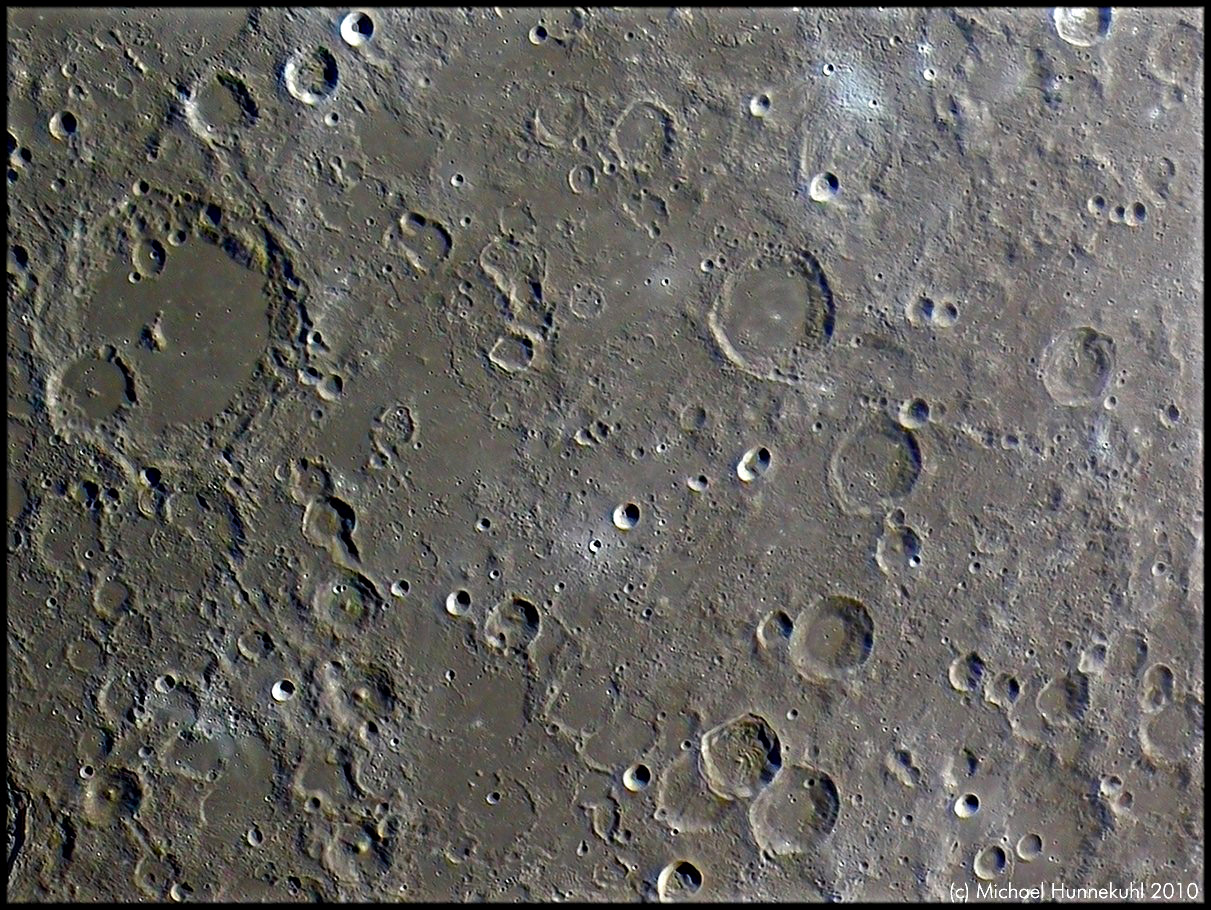Difference between revisions of "February 1, 2011"
(Created page with "__NOTOC__ =Green, but not Cheese= <!-- ws:start:WikiTextHeadingRule:0:<h1> --> <!-- ws:start:WikiTextLocalImageRule:6:<img src="/file/view/LPOD-Feb1-11.jpg/1...") |
|||
| Line 18: | Line 18: | ||
flows in the maria, but may be caused by a spotty process, for example, splashes of <br /> | flows in the maria, but may be caused by a spotty process, for example, splashes of <br /> | ||
material associated with secondary craters. But the spottiness seems more uniform than <br /> | material associated with secondary craters. But the spottiness seems more uniform than <br /> | ||
| − | secondaries should be so I am left uncertain. The green on the floor of [mailto:tychocrater@yahoo.com Chuck Wood]</em><br /> | + | secondaries should be so I am left uncertain. The green on the floor of [http://the-moon.wikispaces.com/Argelander Argelander] is <br /> |
| + | more geologically constrained and thus looks more likely to be real. It will be intriguing <br /> | ||
| + | to see if some future, more rigorous analysis recognizes a different composition for the <br /> | ||
| + | floor of Argelander. What do you think?<br /> | ||
| + | <br /> | ||
| + | <em>[mailto:tychocrater@yahoo.com Chuck Wood]</em><br /> | ||
<br /> | <br /> | ||
<strong>Technical Details</strong><br /> | <strong>Technical Details</strong><br /> | ||
Revision as of 21:37, 1 January 2015
Green, but not Cheese
south up image by Michael Hunnekuhl, Hannover Germany
Michael's false color images are revealing but I'm not quite sure what they are telling us.
I have enhanced this image considerably beyond the more natural colors that Michael
originally showed. Here the color is mostly a military brown, with bright spots around
fresh impact craters, including the odd bluish one near Descartes (upper right). But
looking closer there are patches that are reddish, yellowish and some even with hints of
green. All of these hues are visible on the floor and rim of Albategnius at upper left. The
first thing to ask is if these subtle hues are real or artifacts of my extreme processing.
One way to tell is to compare this with other color enhanced images, but I don't have any
right now. Assuming this are mostly real leads to the question of what causes them. The
spottiness of the reds suggest they are not a single continuous geologic unit, like lava
flows in the maria, but may be caused by a spotty process, for example, splashes of
material associated with secondary craters. But the spottiness seems more uniform than
secondaries should be so I am left uncertain. The green on the floor of Argelander is
more geologically constrained and thus looks more likely to be real. It will be intriguing
to see if some future, more rigorous analysis recognizes a different composition for the
floor of Argelander. What do you think?
Chuck Wood
Technical Details
- 04/22/2010 23:00 MEZ. Luminance: Lichtenknecker Fraunhofer Refraktor 3000 / 200,
DMK 31AF03.AS. Luminance: Lichtenknecker Fraunhofer Refractor f=3000mm /D= 200
mm, DMK 31AF03.AS + Baader Planetarium G-CCD filter. Color: C11 + Canon 40D.
Data processing: AVI Stack, Fitswork and Photoshop.
Related Links
Rükl plate 56
COMMENTS?
Click on this icon File:PostIcon.jpg at the upper right to post a comment.




